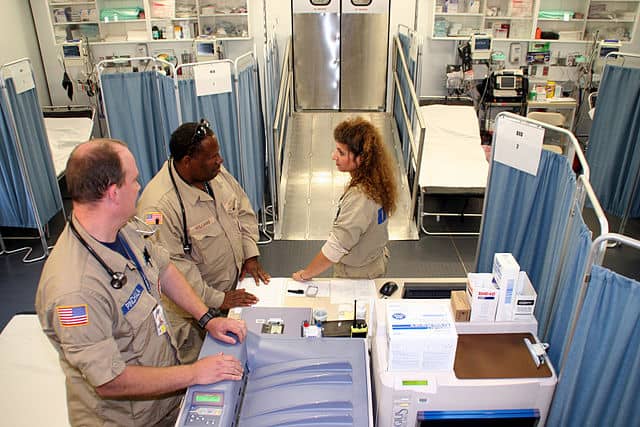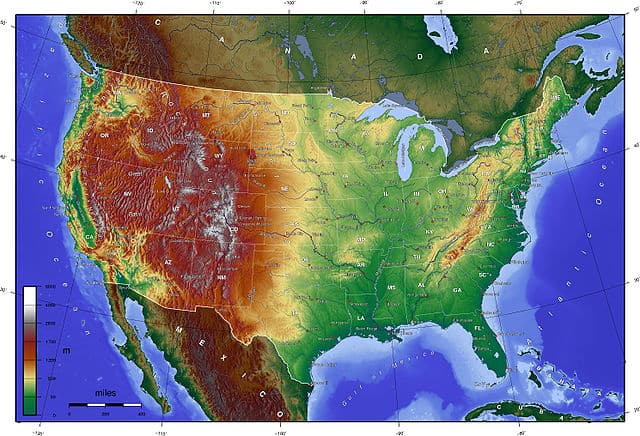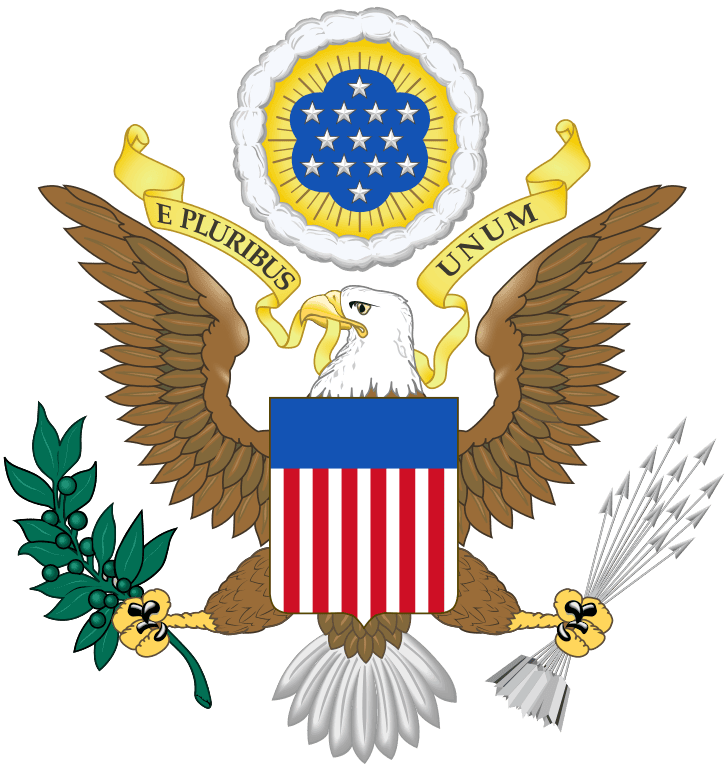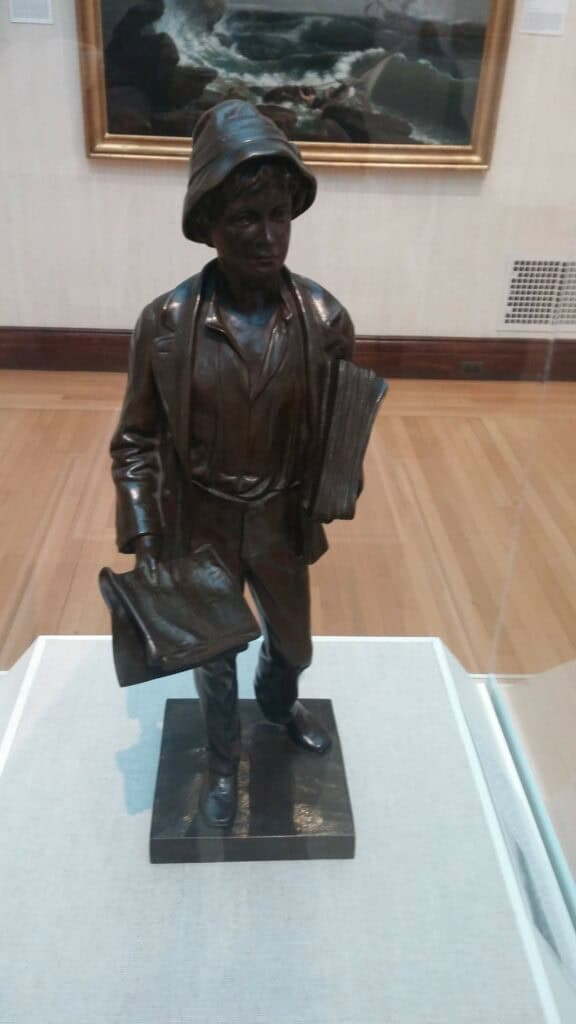Lockdown Economic Takeaways
The lockdown imposed to fight the coronavirus has highlighted 3 economic facts.
- The health of everyone is essential for the entire economy to operate.
- Essential services are delivered by many people who are paid too little by their employer.
- Corporations don’t like free markets when they show the corporation should go out of business. Remember TARP and now this bailout.
Remedies

1. We should have universal health care, independent of a person’s employment. It should be single payer and not-for-profit. It should be a national medical service administered by medical professionals.
2. Essential workers should get, at least, the average wage earned at their employer. We have neglected to pay work according to the value it delivers.
3. Corporations. Their bailouts must come with significant strings attached. First, no stock buybacks and no bonus. Second, for each dollar of dividend they pay out, they must pay back a dollar to the government.
Preparedness and Cost-Splitting
Preparedness costs to businesses, governments, and individuals is a type of insurance. We didn’t have sufficient insurance costs and expenditures built into our response to COVID-19. The costs of the governmental bailouts is a reflection of the under-preparation of companies—at the cost to the taxpayers.
Each dollar spent in preparation saves six dollars of spending in response. Our government should be funding for future pandemic and disaster preparations.

One Country or Fifty States
The virus doesn’t stop at state boundaries. We need a national response, although that does not mean the same response to an unaffected area as to an affected area. The response should depend on measured targets, not the whim of the president or the person in charge.
The national government should be the custodian of the collective preparatory efforts. They should support states when it does not conflict with the national interest. The federal government should not be bidding against the states for personal protective equipment.
More about lockdown decisionImages, public domain. Retrieved from Wikimedia Commons

